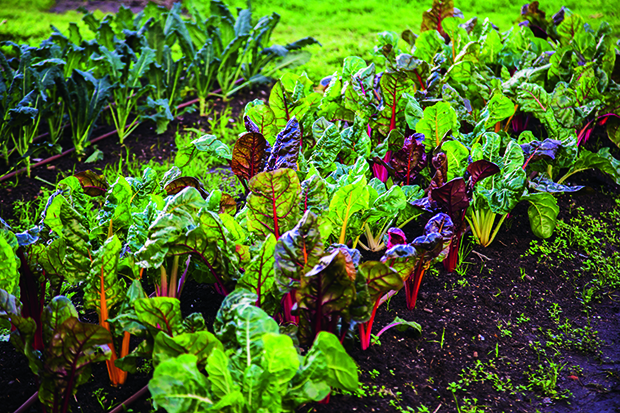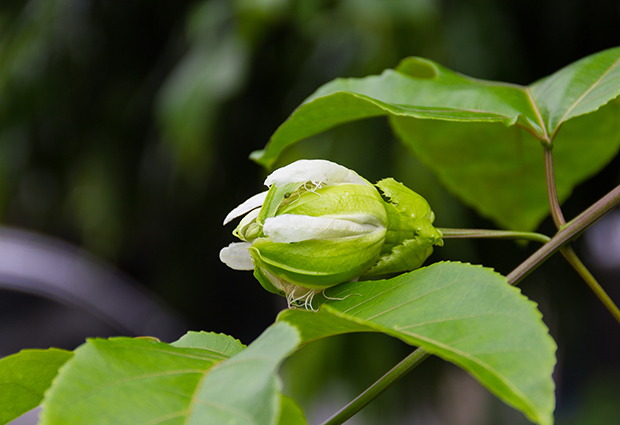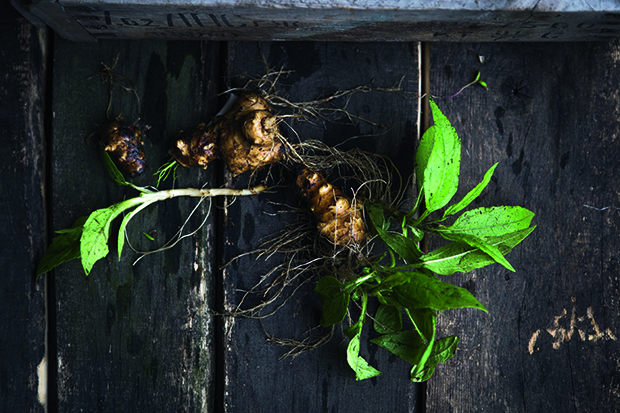Tips for September garden success

Spring is finally here. Now the garden fun begins.
Words: Jane Wrigglesworth
1. Sow parsnips directly in the ground to get started on their five to six month growing process. They grow best in soils of 6 to 6.5 pH that were used for a previous crop. Sow seeds in 2cm-deep furrows, 15cm apart. Cover with a light layer of soil and water seeds well. When seedlings are 2.5cm high, cut off the tops (rather than pulling them out) so you don’t disturb the ones you want to keep.
2. Prune passionfruit vines and feijoas to encourage new growth and fruiting.

3. Pull out early spring weeds and apply compost or mulch to keep them down and prevent them from thriving in warmer weather.
4. In warmer areas sow tomato, capsicum, chillies, pumpkin and celery directly into the garden. Use a cloche or start indoors in cooler regions.
5. Sow seeds of silverbeet, spring onions and lettuce at two- or three-week intervals for a continuous supply.
6. Last chance to put in strawberries if you want them in time for Christmas.
7. Sow carrots, silverbeet, radishes, peas and beetroot directly into the garden. Peas will germinate in soil temperatures as low as 4°C, although a consistent temperature above 7°C is ideal. Carrots and radishes will germinate around 7°C. The higher the temperature, the quicker they’ll germinate.

8. Plant sprouted Jerusalem artichoke tubers. Use small immature tubers with at least one eye and plant about 12cm under the soil with the eyes facing toward the surface. Space them about 30cm apart, cover with compost and moisten the soil. Leave ample space between the tubers and other plants as the artichokes will easily annex surrounding territory.
9. Plant herbs to attract beneficial insects. Herbs in the Boraginaceae family (borage, comfrey, phacelia) are rich in nectar and will attract helpful insects. The same goes for herbs in the Lamiaceae family: oregano, rosemary, sage, thyme basil, catmint, hyssop, lavender, lemon balm, mint, and bee balm. Long-blooming flowers such as cosmos, achillea, alyssum, and coreopsis will also help to draw in beneficial insects.
Love this story? Subscribe now!
 This article first appeared in NZ Lifestyle Block Magazine.
This article first appeared in NZ Lifestyle Block Magazine.
